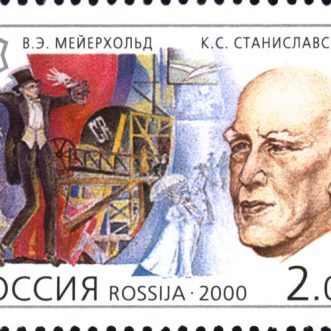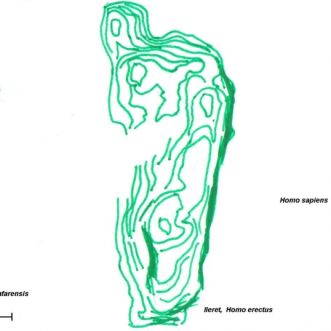October 23, 2020
I must confess to having a bit of a thing about phone answering services. Not because I dislike them, but because I think they are one of those things that can really enhance the customer experience when done well.
You can always tell when someone is using an answering service, because you get asked more questions that you often would, and you can tell there’s a process going on. That’s a good thing, something more businesses that answer their own phones should learn to do. It would save a lot of miscommunication.
When someone providing this service does it really well, I have a genuine conversation. I am allowed to ramble a little about why I’m calling (the person I want to speak to knows I’m due to call and why), but they still get from me (not necessarily by asking me) the information they need to pass on the message – my name (including how to spell it), my business name, why I’m calling and who I want to speak to, and finally how they can get hold of me.
I can even have a separate conversation about the fact that they provide the service, which is how I found out who they were.
Its a pleasure to participate in someone doing their job with commitment intelligence and humanity. Its an enjoyable experience for me as customer, prospect or supplier as well as for the person doing it.
That’s why your Customer Experience ScoreTM needs to cover everything.
PS the company was Take My Calls. When my current credit runs out, I’ll be switching to them.









